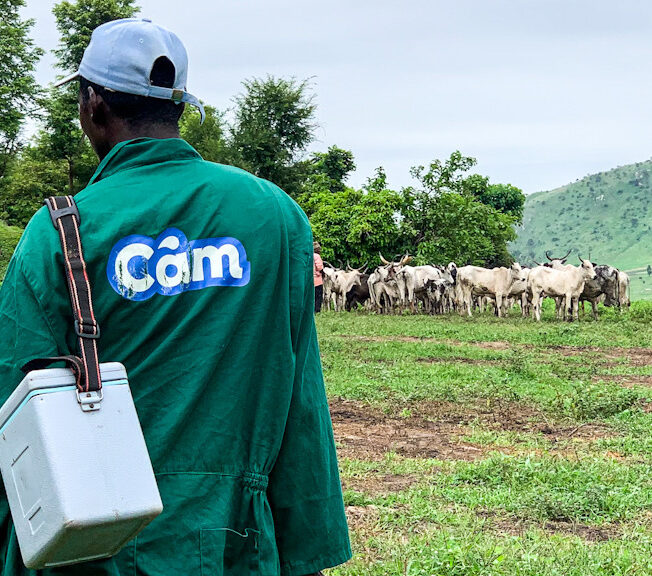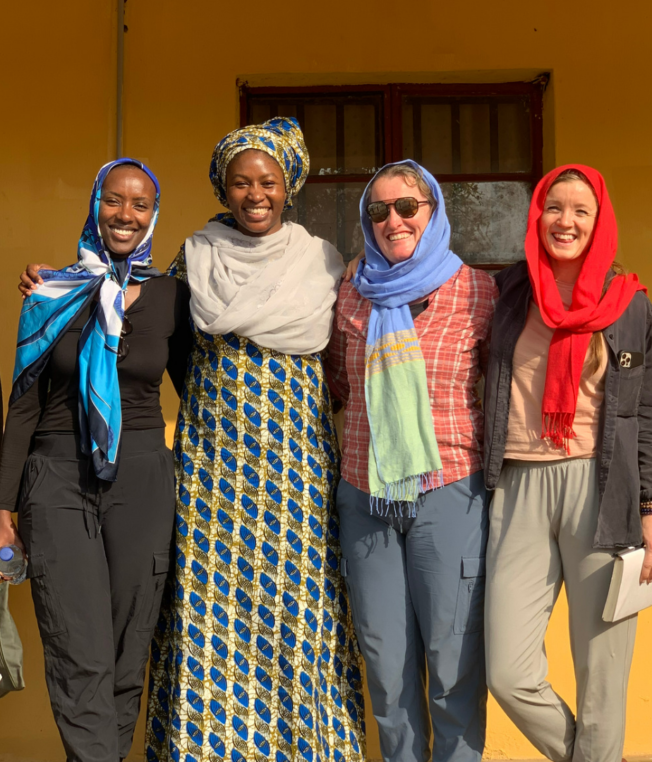CÂM OPENS ONE OF THE FIRST ‘REAL DAIRY’ FACTORIES IN NIGERIA
In 2018, we approached award-winning architects ANA Design. The India-based firm is known for sustainable and innovative commercial builds (including two dairy factories in India) and Nigeria’s waterfront leisure destination, Landmark Boulevard, in Lagos. Our goal was to design a custom-equipped factory capable of turning more than 1,000 litres of raw dairy per hour into fresh milk and yoghurts.
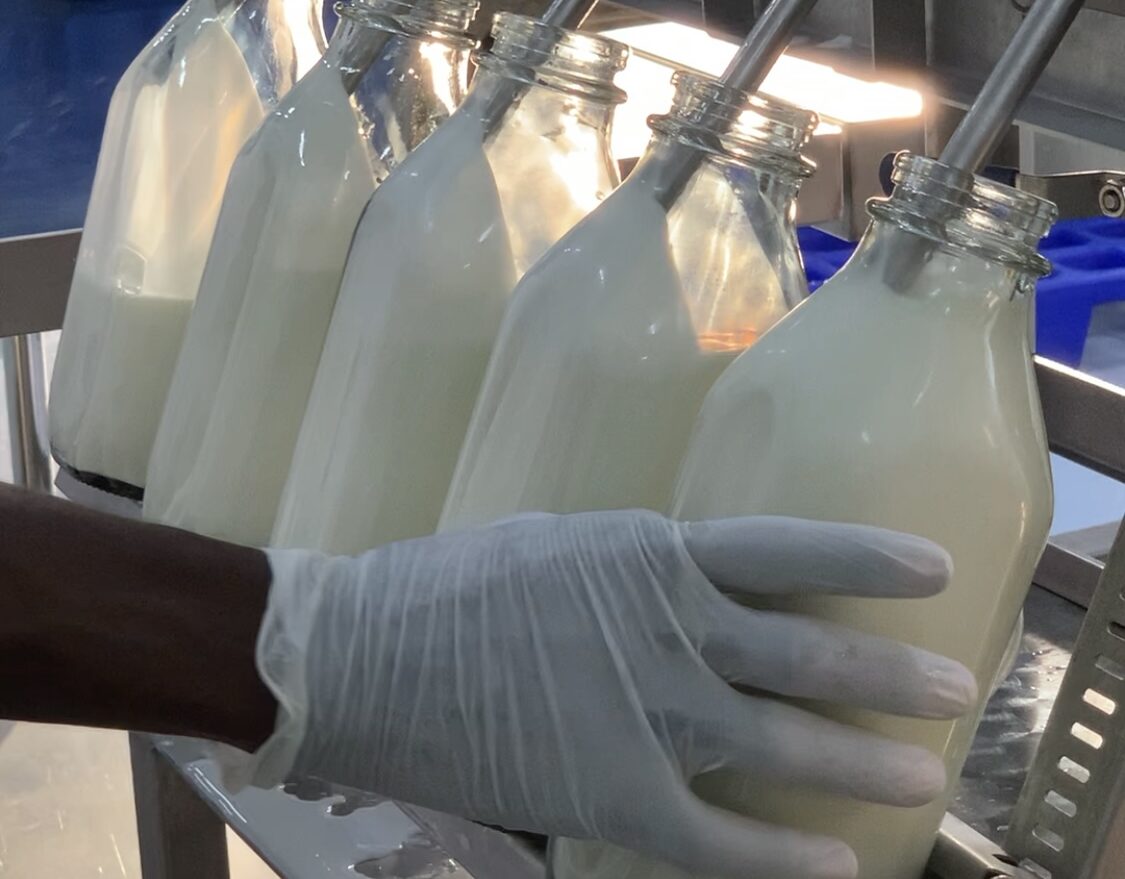
Last month, we opened one of the first factories in Nigeria dedicated to real dairy and started delivering fresh whole milk and Greek style yoghurt to customers in Abuja and Lagos. Our launch is more than a milestone for our team – it’s the first step towards developing the infrastructure Nigeria needs to feed its growing population.
Nigeria is unique in that we’re Africa’s largest economy (predicted to be one of the world’s largest populations by 2050), yet we don’t have an established dairy industry. So how did Câm develop one of our country’s first dairy factories? Before we talk about our factory, we should touch on the business model it’s designed to support.
Our vision for the Nigerian dairy industry.
Instead of following a traditional dairy farm model that would compete against marginalised pastoralist communities, we’ve piloted and launched a new partnership model for Nigeria. Our blueprint is faster to scale (helping contribute towards Nigeria’s urgent 2050 nutritional and economic targets), creates entrepreneurial opportunities across multiple rural areas, and has the potential to lift 500,000 pastoralists out of extreme poverty.
The benefit of our unique model? We don’t need centralised dairy farms that house livestock and accommodate employees. Câm’s infrastructure adapts traditional practices to create a climate smart supply chain with minimal environmental impact. We’re creating dairy routes between pastoralist communities who own 20 million cows in Nigeria and building
milk aggregation centres (drop-off points) where fresh dairy is collected every morning.
To succeed, Câm needed a single hub at the centre of our entire supply chain. A destination where raw milk arrives and fresh dairy is made.
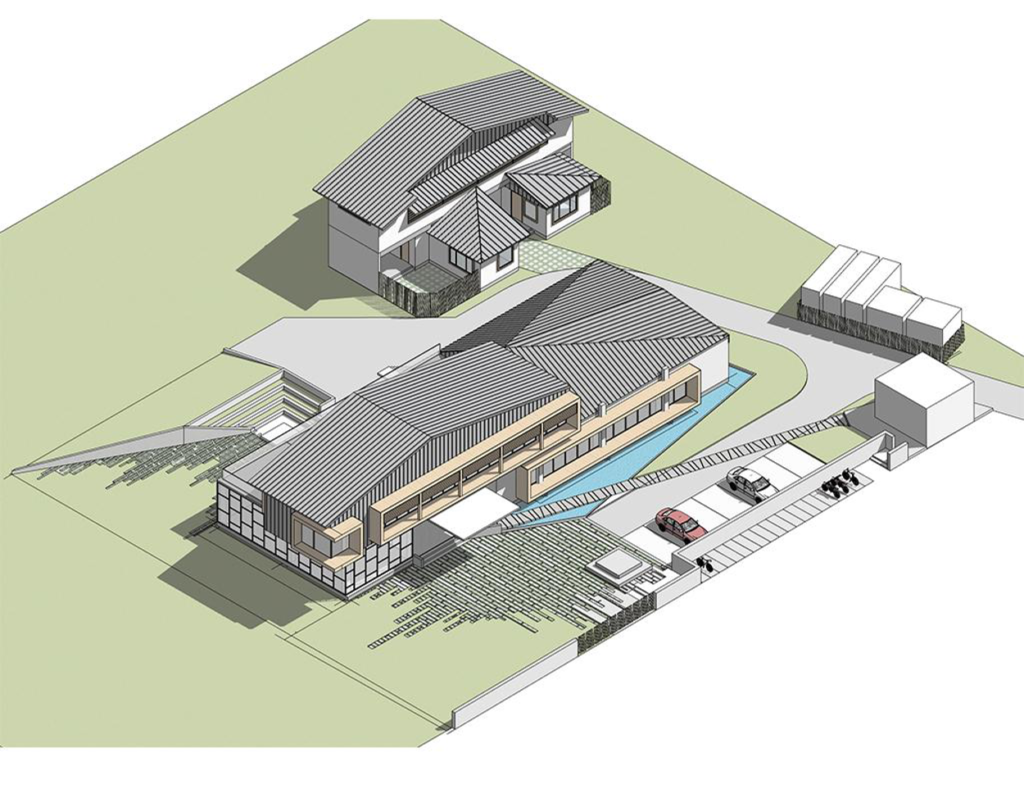
Designing a building that looks nothing like a traditional dairy plant.
Our goal was to design a custom-equipped factory capable of turning more than 1,000 litres of raw dairy per hour into fresh milk and yoghurts.
In 2018, we approached award-winning architects ANA Design. The India-based firm is known for sustainable and innovative commercial builds (including two dairy factories in India) and Nigeria’s waterfront leisure destination, Landmark Boulevard, in Lagos.
The challenge was to create a welcoming environment for two different visitors. Beyond housing a sterile factory environment, the interior space needed to feel modern and familiar to our partners (global foundations, investors, other entrepreneurs and anyone other visitors) while creating a sense of belonging for pastoralists who attend training events.

Most architects use tricks to make a building appear larger than it is.
We did the opposite.
Through geometry and the way light bounces off the building, ANA Design created a 9,500 structure with an inviting ‘domestic’ scale and open-plan feeling from the moment you step inside. Even the front entrance feels like something that would open into a home rather than a factory.
Amin Nayyar, Managing Director of ANA Design, said: “Instead of importing building materials and labour, we used Nigerian contractors and sourced most of the building materials from local suppliers. We didn’t want to create a building that felt like a bunker, so we used lots of glass with lowered sills to create a transparent and open feel throughout.”
After passing through our open-air lobby, the ground floor is divided between informal meeting spaces and a dedicated production area. A tinted glass wall separates the two, allowing visitors to see how real dairy is made. On the second floor, open-plan conference rooms and offices create a non-hierarchical workspace that feels connected to the rest of the building.
An upstairs outdoor terrace overlooks an amphitheatre below where we’ve recreated a village gathering space for training, informal meetings and team socials.
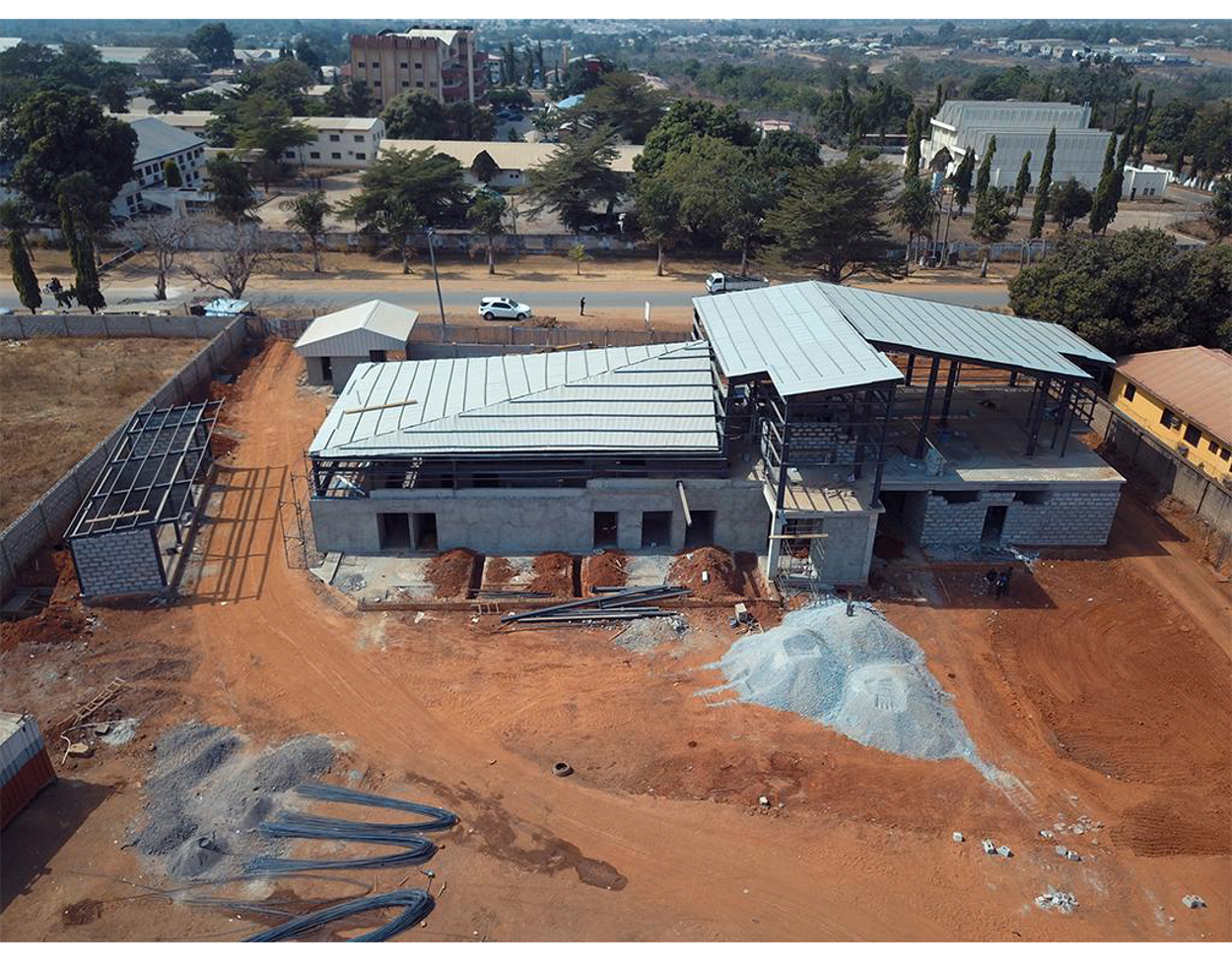
In June 2020, we broke ground.
The construction process naturally creates waste, which usually ends up in a landfill or leaches into the ground. We used rubble and other hard building materials to landscape an outdoor amphitheatre covered with grass. Organic materials were composted, and liquid waste was safely reutilised for irrigation. Nothing left the site; we recycled everything.
We also have a mechanical sewage plant that is central to our ongoing sustainability. Amin Nayyar said: “The building is designed to look like it’s floating on water. The entire recycling process at Câm relies on a mechanical sewage plant that can function in dry and wet seasons.”
Our aquatic landscaping has a low oxygen demand. This creates clear, odourless water that supports nature. Any overflow will feed our on-site vegetable garden where we plan to grow and harvest seasonal vegetables.
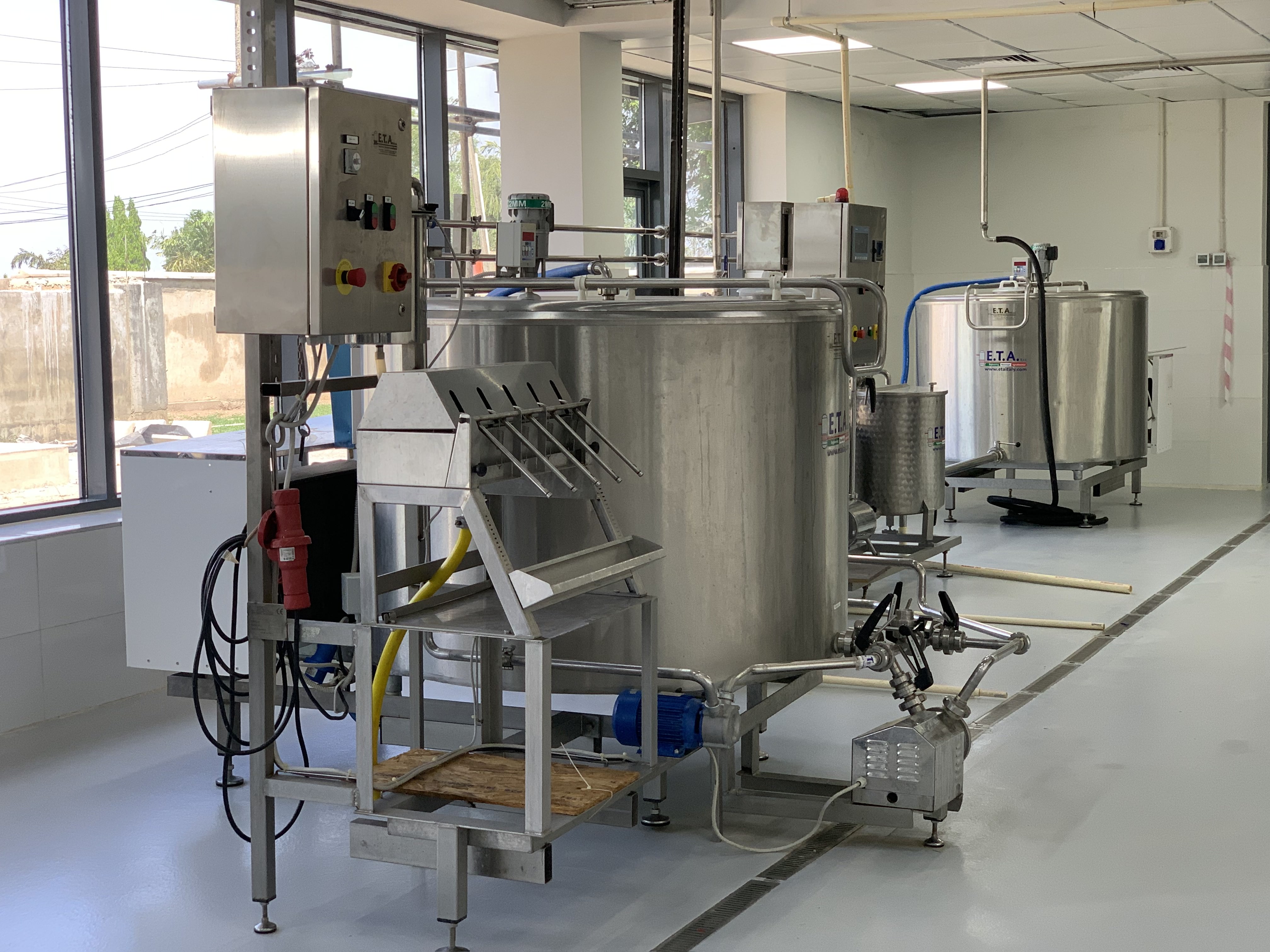
The first drop of milk.
In October, we opened our factory floor and began testing our new machinery. Our equipment was manufactured in Italy by a company specialising in customisable solutions for artisanal dairy production. Finally, the day came when we tasted the first drop of real milk.
Seeing the whole process – from collecting the milk from our pastoralists, going through the pasteurisation process and seeing it come out the other end as fresh dairy – was an exciting moment for everyone at Câm.
So what’s next? Our factory is now operational, and we are fulfilling daily orders to our customers in Abuja and Lagos through our online store and popular subscription mode. In 2023, we plan to partner with select retailers to share our love of real dairy with more cities across Nigeria.
